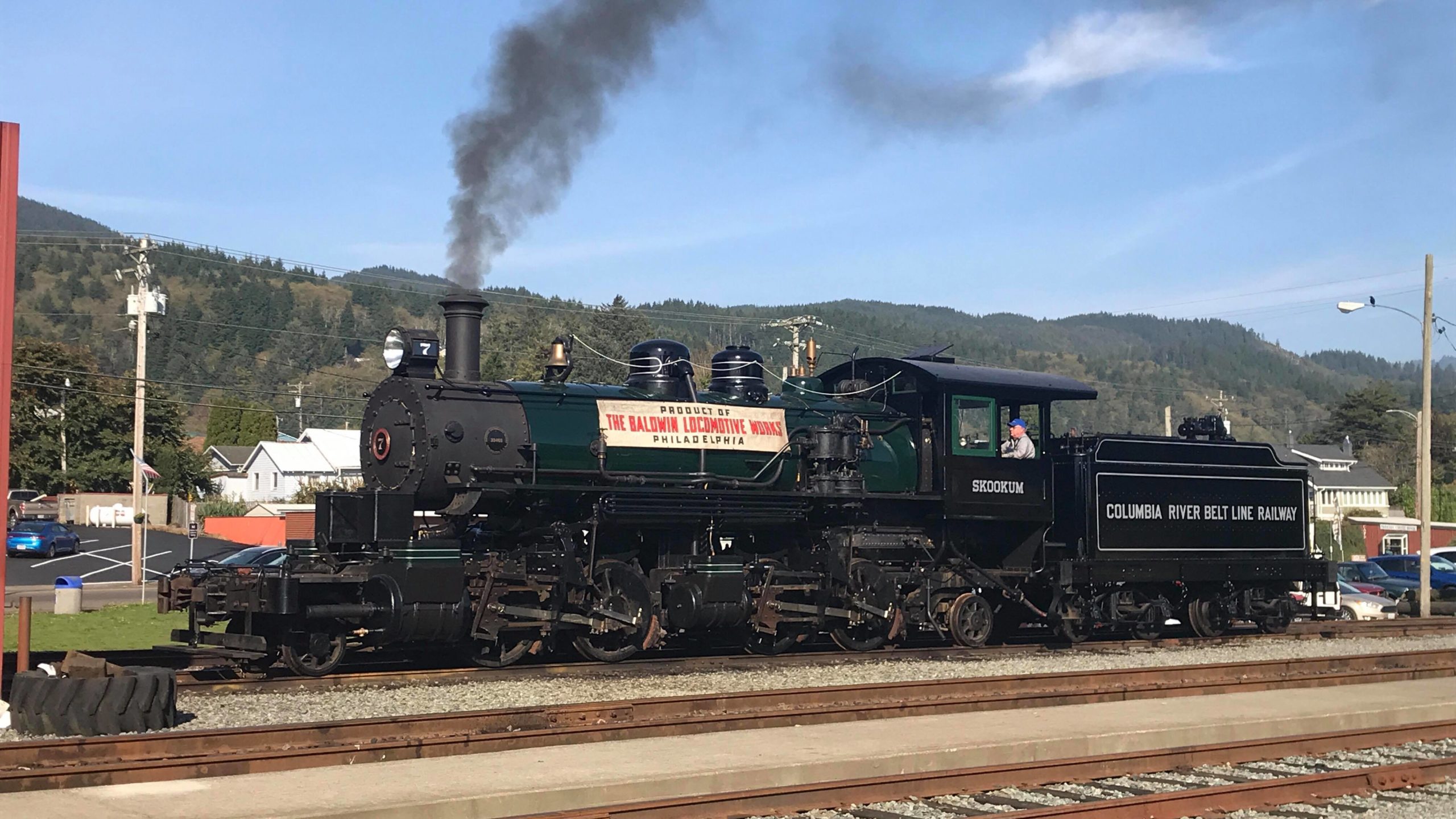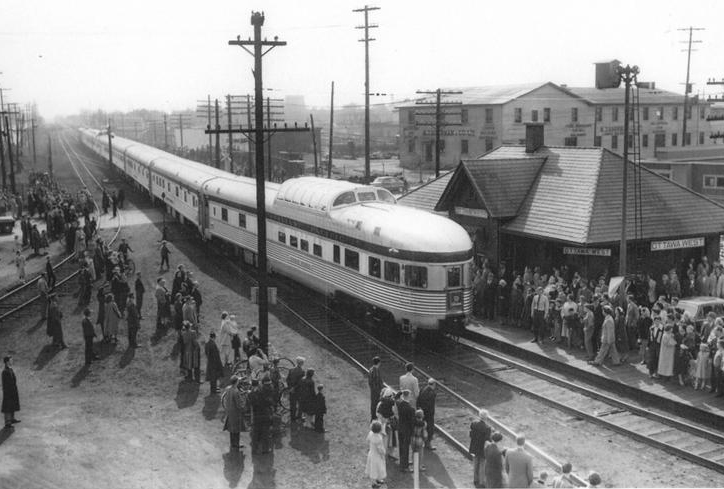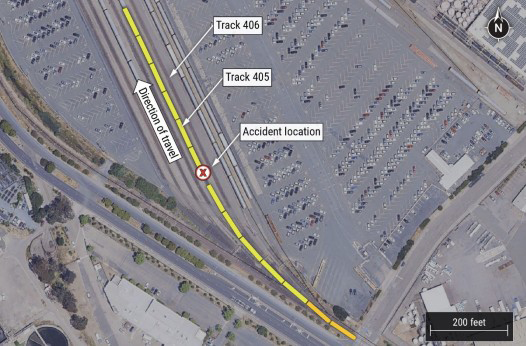Crews today are diagnosing the running gear for repairs. Otherwise, the locomotive, resplendent in a new green boiler jacket steamed well and its appliances functioned normally. The engine participated in a three-engine line up with Polson Logging 2-8-2 No. 2 and McCloud 2-6-2 No. 25. OCSR has already begun the work to resolve the mechanical issue. Test runs of the engine will then resume, and they will have it ready for Trains Magazine charters in March.
The locomotive has been under active restoration for 15 years but its path to restoration began with a 1955 derailment that is detailed in was featured in our October 2018 issue.
The 1909 locomotive has an amazing story that starts with its rejection by a Tennessee logging railroad, its acceptance in the Pacific Northwest. After its woods derailment, enthusiasts saved the locomotive and moved it to safety and eventual restoration.
Trains and Oregon Coast are sponsoring a photo charter with the locomotive, March 14 and 15, prior to the annual Winterail multi-media show in Corvallis, Ore. Polson No. 2, is expected to operate as well. Both locomotives will be featured on log and mixed trains. A night photo session will be part of the event, as well. The $895 per person fare covers two days of operations, two trains with two steam locomotives, and box lunches each day.
Following the Trains Magazine event, the engine will be relocated to California.
Tickets are available only by phone at 503-842-7972.















The above dates are for a “second section” of the Skookum event, since the initial dates of March 17-18 are sold out. I mention this because I was a bit confused when I first read the above article . In talking with the OCSR folks, apparently as of 11/1 they need about a dozen more ticket sales to make the March 14-15 dates a firm event, so if you are interested it is probably good to sign up sooner rather than later to help make it happen.
It’s great to see Little River #126 back in steam. Congrats to all the OCSR team!
It’s an interesting study to compare this engine to Little River #110. The boiler appears the same except for the positions of the steam dome and sand dome are switched, and it sits higher to clear the #4 driver. Nearly the same cab, trailing truck and tender.
In the correct Baldwin nomenclature, this location would have been marked “RL”. Right, Low. Never referred to as “engineer’s”.
Dennis and Gerald,
Thank you, all is now clear! Bit too much “shorthand” in the report.
What is an engineer’s low pressure valve issue, please? Does the reporter mean that there was a problem with one or more valves in one of the low pressure cylinders on the leading engine truck?
James,
What Dennis said, the low pressure cylinder on the Engineer’s side.
A very neat and unusual locomotive. It’s good to see it getting close to opporational.
Engineer’s side?